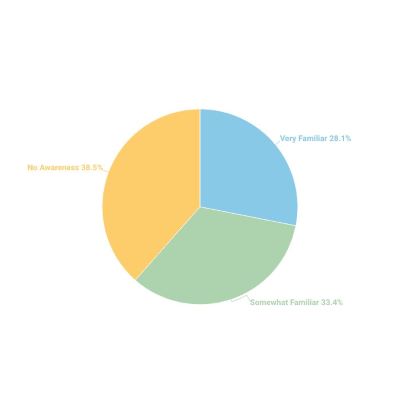First established in the summer of 2014 by the U.S. Centers for Disease Control & Prevention (CDC), the Model Aquatic Health Code (MAHC) aims to help state and local governments develop and update their pool codes based on up-to-date science and best practices. While no agency is required to follow the code by law, it provides a model by which they can build their own, or agencies can simply adopt the standardized guidance of the MAHC.
The code is updated on a regular basis in order to ensure it is recommending the most current best practices, including the most recent science, and incorporating the most updated knowledge of aquatic operations. The Council for the Model Aquatic Health Code (CMAHC), created in 2013, acts as a clearinghouse for input and advice. CMAHC members take part in the process of updating the code and their input is considered as the CDC revises and releases the next edition.
More than six out of 10 (61.5%) respondents to the Aquatic Trends Survey in 2024 said they are familiar with the MAHC, up from 58.3% in 2023. Some 28.1% said they are very familiar with the code, while a third (33.4%) said they are somewhat familiar with the code. Another 38.5% of respondents are unfamiliar with the MAHC.
58.3% in 2023. Some 28.1% said they are very familiar with the code, while a third (33.4%) said they are somewhat familiar with the code. Another 38.5% of respondents are unfamiliar with the MAHC.
Agencies that regulate the aquatics industry still form their own codes on an individual basis, and none are required to adopt any part of the MAHC. That said, many jurisdictions governing the health and safety of aquatic facilities rely on the code in whole or in part to inform their own rules and regulations.
We asked respondents whether the regulatory agency that governs their facilities has adopted the MAHC, either fully or partially. One-quarter of respondents (25%) said their regulatory agencies had adopted the MAHC, either in full (6.4%) or in part (18.6%). The largest number of respondents—39.8%—said their regulatory agencies had not adopted the MAHC. Another 35.2% were unsure.


